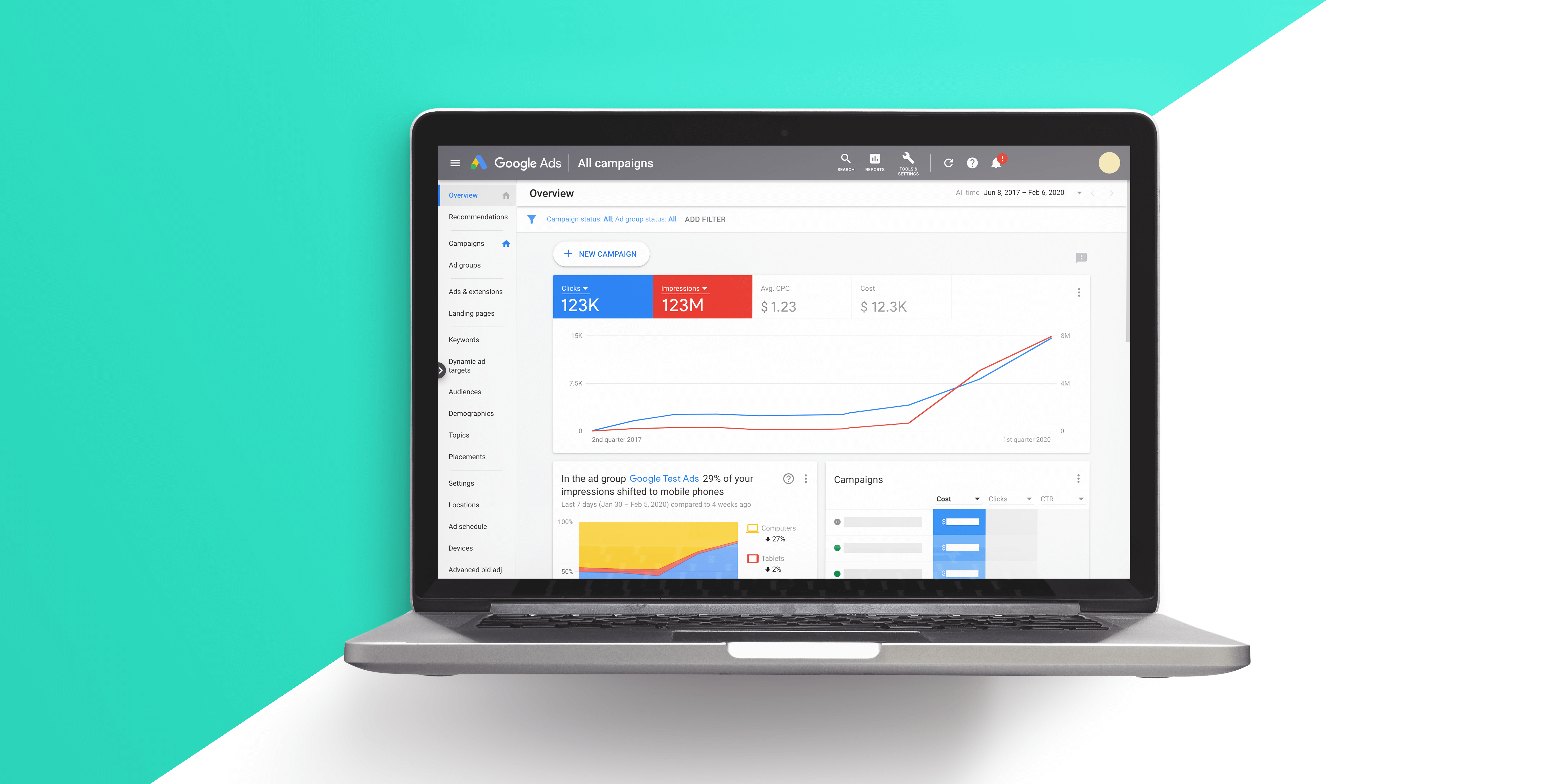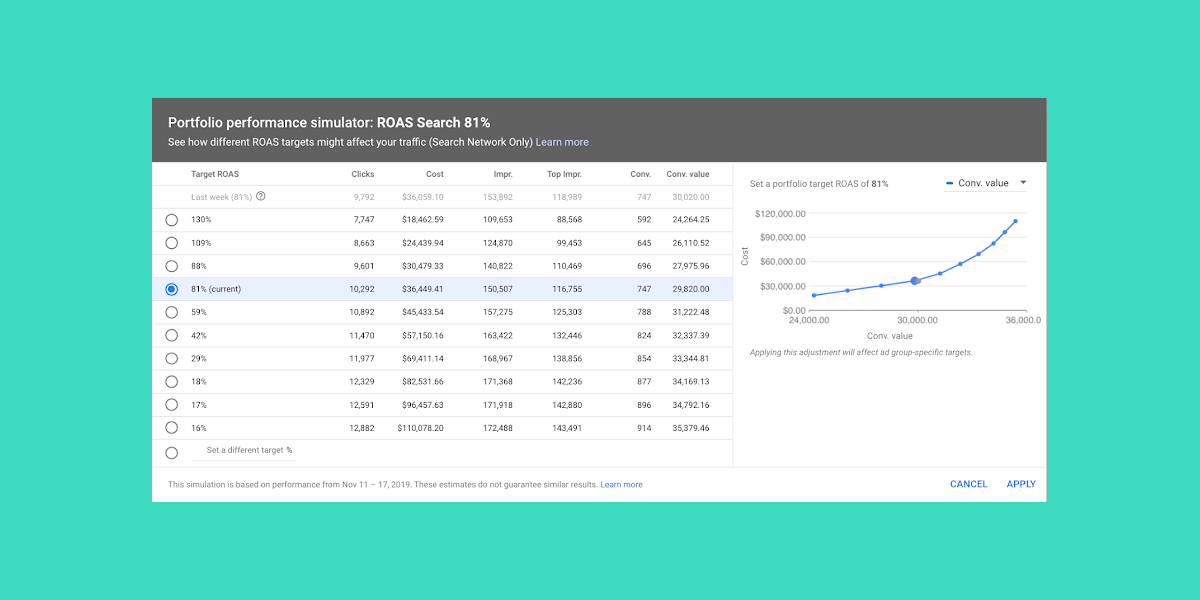
Last week, we explored the new updates to Google’s search interface in 2020.
NB: This is an article from Koddi
To read Part 1 of this article, click here. In this second half, we’ll take a look at what advertisers can expect to see from Google this year.

Expanded Audience Targeting
While Google is slowly rolling out a new SERP redesign, the marketing giant is also focusing on the back-end capabilities for advertisers. Over the past few months, Google has been expanding its audience targeting for both search and YouTube campaigns. Now, the traditional audience options of affinity and in-market segments can be leveraged to fine-tune the marketing mix.
In-market: Seasonal Event Segments
Google reported that when Toyota used holiday segments, such as Christmas, to target shoppers who were looking for their next car, they saw a “67% increase in conversion rate and a 34% reduction in cost per conversion.” Valentine’s Day is right around the corner, and this holiday offers a great opportunity to utilize the audience segment that is actively searching for hotels and dining.
Commuter Targeting
This subtle update now will allow advertisers to target people who regularly frequent certain locations. Businesses can further augment their marketing portfolio by identifying people who have these specific commutes or have patterned routes to a given location.
Combined Audiences
This type of audience is pretty self-explanatory; however, it still deserves some spotlight. In order to use this feature for a more granular audience targeting, multiple audiences can be applied with an “and” statement. Combined audience segments are especially helpful if there is heightened market competition, for example, “restaurants NYC.” It is also effective in communicating to the hard-to-reach audiences that are between the prospecting and action phases of the marketing funnel.
New Extensions
Advertisers are always on the lookout for best practices and strategies to improve their conversion rate, and the latest lead form extension might be the answer for many. Currently, the lead form extensions exist in beta form only. The objective for this extension is that if searchers are signed into their Google account, and click on the lead extension, their information will automatically be pre-populated. This means that a conversion will take place within one click. It also means that if a site is not mobile-friendly, it does not sever the opportunity for conversions.
Voice Search
As browsing interactions continue to evolve, and people build deeper relationships with their smart devices, it is undeniably clear that a new frontier of marketing is on the horizon. Voice search allows marketers to connect and build relationships with users in a whole new way. Whether it is Siri, or Alexa, or one of the many others, it is no surprise that an expected 50% of Americans will be using Intelligent Personal Assistants (IPA) in 2020. It is a great time to consider creating a campaign that is dedicated to local terms, such as “near me” or “open now,” as voice search behavior tends to reflect an instantaneous demand.
Visually Enhanced Ad Units
In keeping with the theme of enhancing the user experience and platform expansion, Google is placing significant importance on visual, top-of-funnel opportunities. In 2017, Google started testing images of in-text ads for the automotive vertical. It appears that Google is marrying its two product offerings of Google Shopping, and display-based advertising to benefit advertisers beyond the retail realm.
These days, consumers increasingly prefer images over text, and the travel and food industries certainly benefit from such demand. Google is testing Gallery Ads where branding and imagery are in vogue. Gallery Ads are a way to enhance existing paid search ads, and will likely appear more often in general queries going forward.
Similarly to Gallery Ads, Discover Ads elevates visual storytelling to the next level. With the interactive product and service showcase, advertisers can now engage with passive browsers. On the surface, Discovery Ads appears to closely resemble the Facebook Carousel Ads. However, the way that Discovery Ads reaches its intended audience is completely beyond customary audience targeting.

The nature of discovery feed is to essentially computer reverse-engineer its users’ behaviors. In doing so, the feed follows the users’ journey and shows relevant content of what is of interest now and the future. It also empowers users to customize their own feed in what they find in Discover. This is especially helpful to advertisers, as it provides a tool to curate the ad experience around a more defined audience. Since the focus is to reach the right audiences at the right time, it makes sense that Google will allow advertisers to tap into various placement feeds, such as YouTube, Google Discover, and Gmail.
Budget & Bid Enhancements
Google’s budget and bid simulator can be a helpful indicator of the potential performance impact from making a bid, or budget adjustment. The bid simulator collects and analyzes data from ad auctions on both the Search Network, and Display Network, and considers information about the keyword traffic and the level of competition. The tool provides insights and estimates on how ads may have performed in terms of key metrics such as cost, impressions, clicks and conversion volume.
Prior to 2020, the budget and bid stimulator was only available for manual bidding or Target CPA. Now, more advertisers are enabling machine learning properties like smart bidding. Google has expanded both the budget and bid simulator to users who are enabling Target ROAS as a bidding strategy. One of the main benefits of this tool is that it allows advertisers to analyze their portfolio’s performance at scale, with bid changes and data displayed in an aggregated model.

In addition to the analysis, Google enabled “bid scaling”, so that marketers can see what might happen if the bid is either increased or decreased by a specific percentage before the change is adopted. However, the most helpful aspect of the tool is the baked-in campaign-level budget suggestions. Given that the campaign-level bid changes can significantly increase traffic, Google will notify the advertiser when the daily budget is not compatible, and therefore needs an adjustment.




